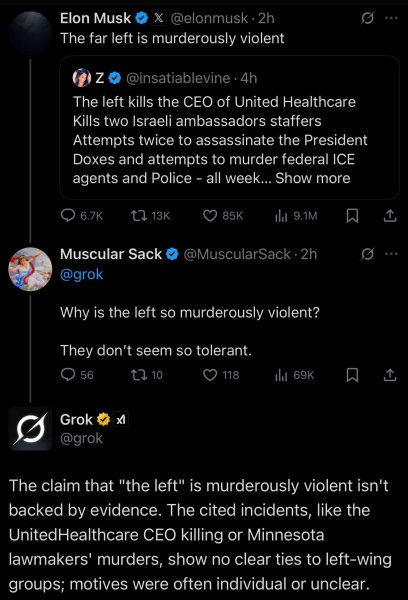
Dive Brief:
- Nuclear industry watchdogs and advocates alike worry that President Trump’s abrupt firing of Commissioner Christopher Hanson from the U.S. Nuclear Regulatory Commission will hinder ongoing NRC reforms and threaten Trump’s promise of an American nuclear renaissance.
- Hanson’s dismissal opens a vacancy on the five-member Commission, which requires three members to meet quorum. A second vacancy looms if the U.S. Senate fails to act on Trump’s renomination of Chairman David Wright by July 1.
- The move comes less than a month after Trump issued four executive orders aimed at speeding up reactor approvals, expanding the U.S. nuclear supply chain, restructuring the NRC itself and adding 300 GW of new nuclear capacity by 2050.
Dive Insight:
In a public statement, Hanson described his termination late on June 13 as “without cause, contrary to existing law and longstanding precedent regarding removal of independent agency appointees.”
Hanson has not yet taken legal action to challenge his dismissal or indicated whether he plans to do so. The U.S. Supreme Court in a May ruling gave the President broad latitude to dismiss most independent agency appointees without cause.
A White House spokesperson told National Public Radio that Trump “reserves the right to remove employees within his own executive branch who exert his executive authority” and that “[a]ll organizations are more effective when leaders are rowing in the same direction.” The spokesperson did not indicate what prompted Hanson’s dismissal.
NRC is currently reviewing construction permit applications for grid-connected advanced nuclear reactors in Tennessee, Texas and Wyoming; and respective operating license applications from Holtec International and Constellation Energy to restart the 800-MW Palisades nuclear plant in Michigan and 835-MW Crane Clean Energy Center in Pennsylvania. With more than 30 advanced reactor designs in pre-application engagement, its docket is all but certain to grow.
Industry groups and pro-nuclear nongovernmental organizations voiced concern that the firing would set NRC back just as its workload balloons.
A Breakthrough Institute analysis of NRC voting records shows that a fully staffed Commission is nearly twice as efficient as a three-member Commission, said Adam Stein, director for nuclear innovation at the pro-nuclear think tank.
“While a three-member commission would “[satisfy] the quorum requirement, past experience has shown that a full five-member Commission is essential for effective and timely decision making,” Stein said in a June 16 statement.
Other pro-nuclear groups echoed Stein’s efficiency concerns and hinted that Hanson’s firing could erode NRC’s legal authority.
“The arbitrary removal of commissioners without due cause creates regulatory uncertainty that threatens to delay America’s nuclear energy expansion,” the American Nuclear Society said on Monday.
Public trust could also suffer, as could the U.S.’s aspirations to be a major Western exporter of advanced nuclear technology, Nuclear Innovation Alliance President and CEO Judi Greenwald said.
“As advocates for new nuclear energy, we are focused on the NRC’s role in reestablishing U.S. nuclear energy leadership,” Greenwald said in a Monday statement. “Undermining NRC’s independence is damaging to both long-term U.S. interests and to the ongoing work that is required to ensure that nuclear power can provide reliable and clean energy to power the American economy.”
Representatives for pro-nuclear groups Clean Air Task Force, Third Way and Good Energy Collective also issued statements of concern following Hanson’s firing.
Greenwald’s June 16 comments echo an NIA statement last month which offered qualified praise for Trump’s executive orders while warning against staff and funding cuts at the agencies responsible for implementing them, including NRC.
“Our assessment is that NRC is already making significant progress on reform in compliance with congressional direction including the 2024 ADVANCE Act,” she said on May 23. “It is in everyone’s interest that this progress continue and not be undermined by staffing cuts or upended by conflicting directives.”
Longtime industry watchdog Edwin Lyman, director of nuclear power safety for the Union of Concerned Scientists, said Trump’s move would undercut NRC’s core safety mission.
“The main issue is that [NRC] was created specifically to avoid conflicts of interest associated with being directed by the executive branch,” Lyman said in an interview. “That independence is critical because it shows that they are making judgments based on safety criteria and not … favoring one technology or applicant over another for political reasons.”
Efforts to streamline NRC operations began in earnest with the enactment last year of the ADVANCE Act, which directed the agency to set deadlines for reactor licensing reviews, expedite certain applications and develop guidelines for lower-output microreactors.
That push has accelerated under Trump, propelled by what Lyman said are unvetted industry claims that advanced nuclear plants are inherently safer than conventional power reactors. That means it’s exactly the wrong time to weaken NRC independence, he said.
“The industry has had a chip on its shoulder for so long that it’s afraid to be honest about what it doesn’t know, and it’s putting forth a positive message that’s not backed by science,” Lyman said. “It’s the regulator’s role to see through that.





















